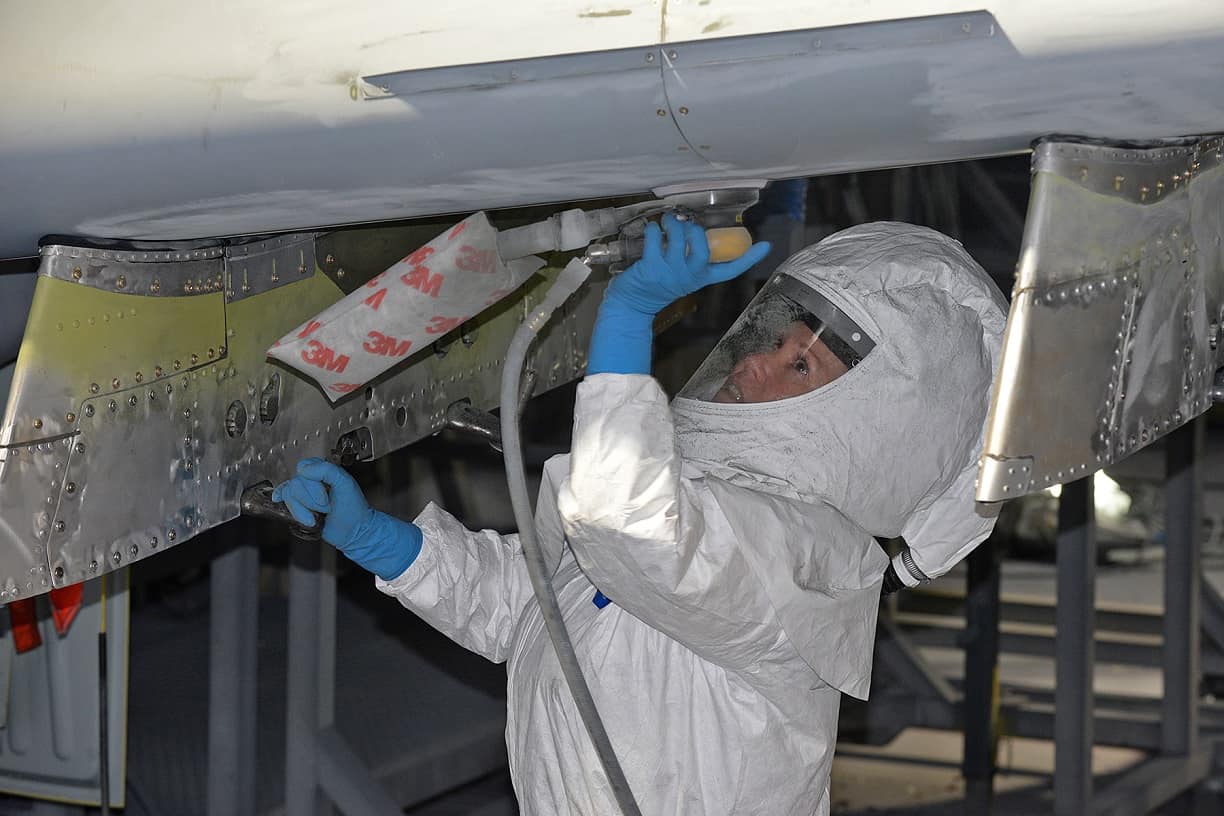The last of 173 A-10 ground-attack aircraft received new wings under the Enhanced Wing Assembly program, that started in 2011 to extend the flying service life of the ‘Warthog’ fleet, according to Alex R. Lloyd, Ogden Air Logistics Complex.
The new wings are expected to last for up to 10,000 equivalent flight hours without a depot inspection. In addition, a better wire harness design was created for easier wing removal and to lessen the chance of damaging the wing during the process.
“From a warfighter point of view, bringing this program to a successful conclusion was a significant accomplishment for the entire enterprise team,” said Stephen Zaiser, 571st AXMS director.
Working on an aircraft that has been flying for nearly 40 years wasn’t without challenges. The modifications included having to make new parts for the fuselage and having to bring other A-10 parts up from the 309th Aerospace Maintenance and Regeneration Group at Davis-Monthan AFB, Arizona.
“At the end of the program, making sure we had all the pieces and parts that we needed to make that happen required a really significant team effort,” Zaiser said. “I think the fact that we produced the aircraft so successfully is a testament to the whole team, the special program office, Boeing and others that were a part of making it all work.”
Lt. Col. Ryan Richardson, 514th Flight Test Squadron commander and A-10 test pilot, flew the functional check flight on the last A-10 to receive the new wings to deem the aircraft airworthy.
“It flew great and passed all the FCF checks,” Richardson said. “It’s unusual to have an airplane in production for as long as this one was and have it come out and fly as well as this one did.”
Introduced into the Air Force aircraft inventory in 1976, the venerable A-10 is the only production-built aircraft for close air support. The aircraft was made to fly close to the ground in support of friendly ground troops, drop heavy loads of weapons, attacks armored vehicles, tanks and can be called in to attack enemy ground forces.
With heavy stresses put on the wings over the weapon system’s lifetime and with its full-service life still unknown, the Air Force decided to replace some of the fleet’s wings in order for the weapon system to remain airworthy.
In 2007, Boeing was awarded a $1.1 billion contract to build replacement wings at its Macon, Georgia, plant that will allow the aircraft to continue flying into the late 2030s.
“The A-10 Special Program Office, in partnership with the Ogden ALC, is poised to keep the aircraft flying for the foreseeable future,” said Michael Hackett, A-10 SPO chief engineer.
